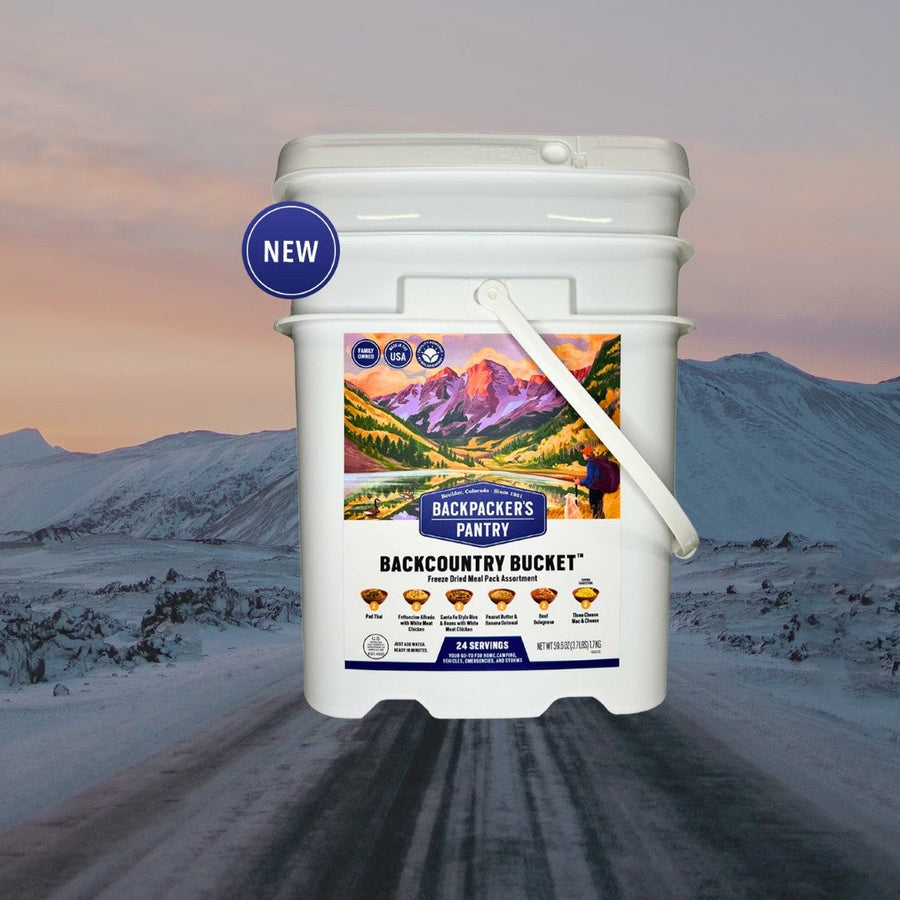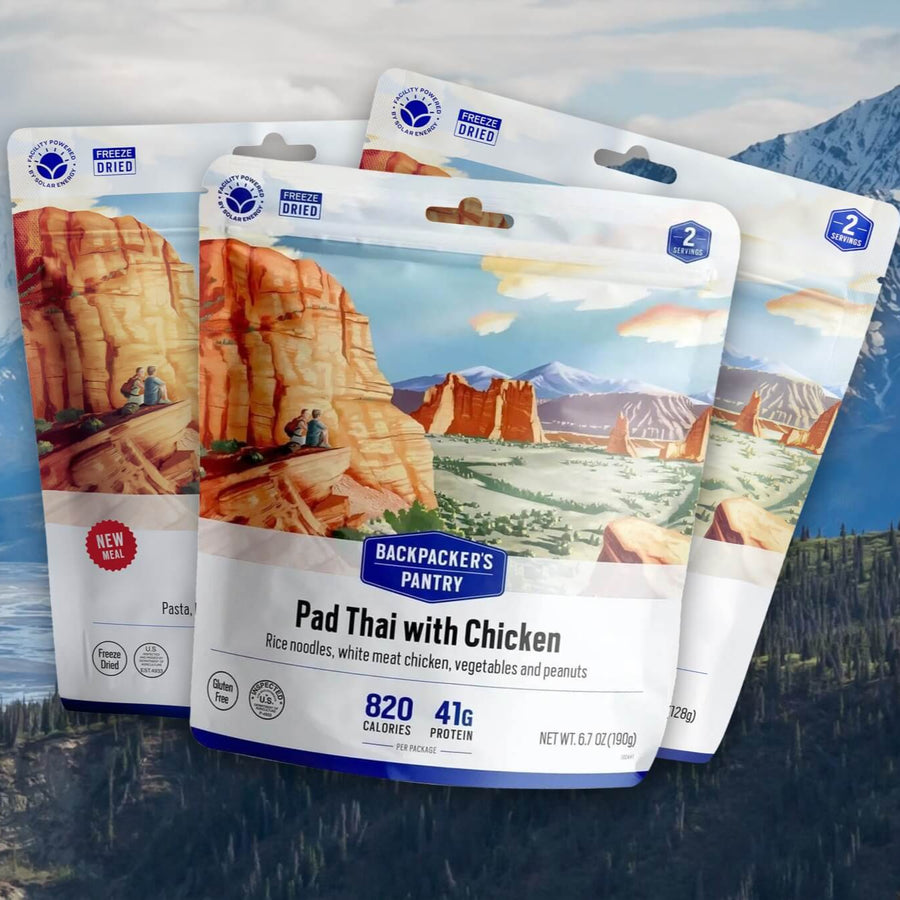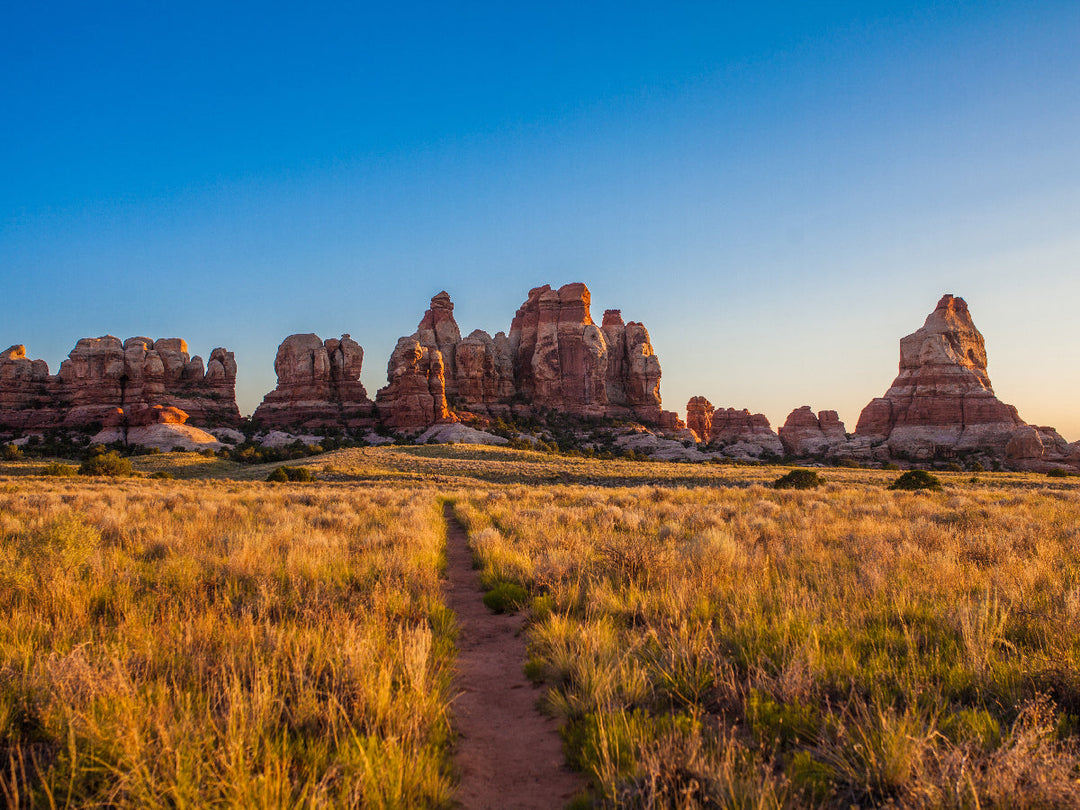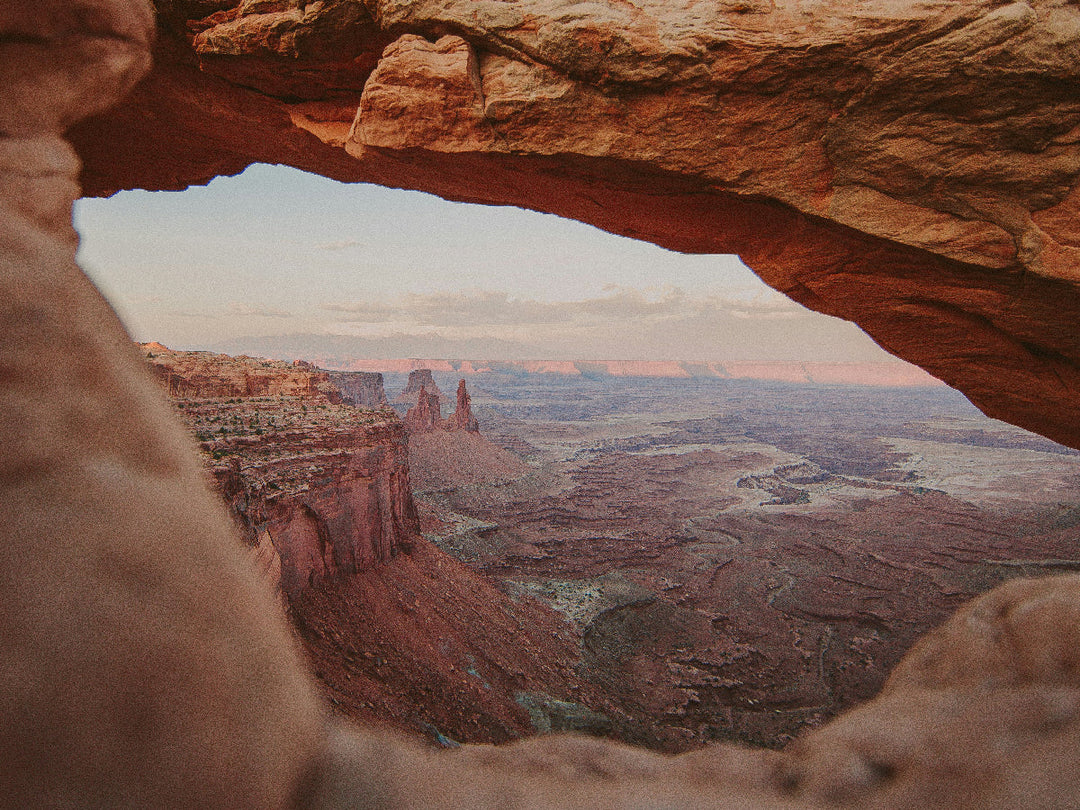Pakistan Mountaineering Expedition with James Roh

James Roh speaks on his recent mountaineering expedition to 18,000’ Gondogoro La in Pakistan, his goal of seeing all of the world's 8,000m peaks with his own eyes, and the meaning behind it all.
Photos and blog by James Roh
Like so many mountain stories, our team’s success was finally realized on a cold, snowy, and otherwise barren top. A frigid wind whipped our faces, while the thin, oxygen-deprived air made breathing much more laborious than normal. But even these most uninviting conditions couldn’t dampen my elation. Years of daydreaming, researching, and preparing had finally paid off in this moment. My partners, Reed and Jamal, hugged while I reached for my camera to capture the immensity of this incredible scene.


However, the biggest difference between our accomplishment and that of other mountaineers was that we didn’t really reach “the top.” You see, here at 18,000’ Gondogoro La, we were technically at the lowest point on a long ridge of craggy, high-altitude peaks. After all, “la” means pass in Tibetan Himalayan speak. And if I’m being honest, that morning’s straightforward climb wasn’t going on any of our mountaineering resumes.
But we weren’t here to summit.

Rather, we were here to get a glimpse at the peaks of other mountains. K2, Gasherbrum 1 and 2, and Broad Peak, to be specific. Deep in the heart of Pakistan’s Karakoram Mountains, these behemoths are four of the 14 mountains that reach higher than 8,000 meters (26,246 feet) above sea level. As a result, this designation made them a must-visit for me as I worked on achieving an entirely arbitrary life goal of seeing all of the world’s 8,000-meter peaks with my own eyes.
The idea originated after a three-month trip to Nepal in 2015, where I was fortunate enough to trek long and far enough to watch the sun set on Everest and Lhotse, hear the rumble of avalanches ripping down the unruly south face of Annapurna, spend days walking beneath the surreal Dhaulagiri Massif, and pick out the peaks of Cho Oyu, Manaslu, and Makalu from vantage points along the way. That trip was one of the highlights of my life, so why not go see the rest of the peaks?
But unlike Nepal’s cozy trailside tea houses that offer up convenient beds and hot food at the end of every day, Pakistan’s mountains present much more of a formidable barrier in just about every way. Most notably, the weather is significantly less reliable, the “trail” often entails route finding over chossy, rock-strewn glaciers, and there certainly aren’t any settled villages past the initial trailhead. What all this adds up to are logistics that get complicated quickly, since you need to bring all of the gear you will need for your time in the mountains.

Most trekkers and mountaineers hire porters, cooks, and guides - a whole team of support - that cost several thousands of dollars per person. But being the scrappy, frugal, and stubborn person I am, I decided to plan our trip my way - which meant schlepping a week’s worth of supplies on my back and forgoing personal cooks. Surprisingly, my 80-liter pack was able to contain my camping gear and a stash of over 20 Backpacker’s Pantry meals - plus a few snacks I scored at a local market in town. I’ve always appreciated the ease that comes with Backpacker’s Pantry dehydrated meals, but I never thought they would save me so much money in an expedition setting as well! And because they are real food with a variety of enticing flavors, it wasn’t too hard to convince Reed and Jamal to hop on board with this plan.

After only an hour at the pass, it was time to descend. It seemed silly to travel so far and not spend the whole day enjoying our hard-earned views, but the sun was fiercely beating down on the south faces, and soon the loose rocks held together by ice would come unglued, hurling across our path like an ill-willed bowling alley. So down we went.
Back at camp, we celebrated with some sips of a Coke (alcohol isn’t common in Muslim-majority Pakistan) and began boiling snowmelt for our dinner to recoup our calorie deficit from the 12-hour day. Now, having seen 11 of the 8,000-meter peaks, I began to reflect on what I was doing out here and what the point of all this time, money, and energy was.

Maybe at one point earlier in my life, I would’ve wanted to see these peaks from their true summits. Perhaps I could have trained hard, learned all the necessary skills to play in these unforgiving environments, and saved loads of money to make attempts. But these days, I’m happy to stick to climbing lower peaks. My high-altitude mountaineering aspirations were plenty satiated after a summer climbing in Peru’s Cordillera Blanca, including Nevado Huascaran at 22,205’.
What hasn’t waned, though, is my desire to visit these incredible places and feel the awe of what our earth’s violent geological forces can do. The sheer scale of these fabled mountain ranges is incomprehensible, no matter how much time I spend there.

However, the most important part of this arbitrary and impractical goal is the motivation it gives me to travel, visit the unique local cultures that surround these mountains, spend time in faraway natural environments, and if I’m lucky, also share these experiences with friends who are willing to go the distance for no good reason other than to do it.
So for those looking for a goal, don’t think too hard. It doesn’t have to make sense or impress people at a party. It just has to inspire you to get off the couch.
Next up, Kangchenjunga and Shishapangma!






